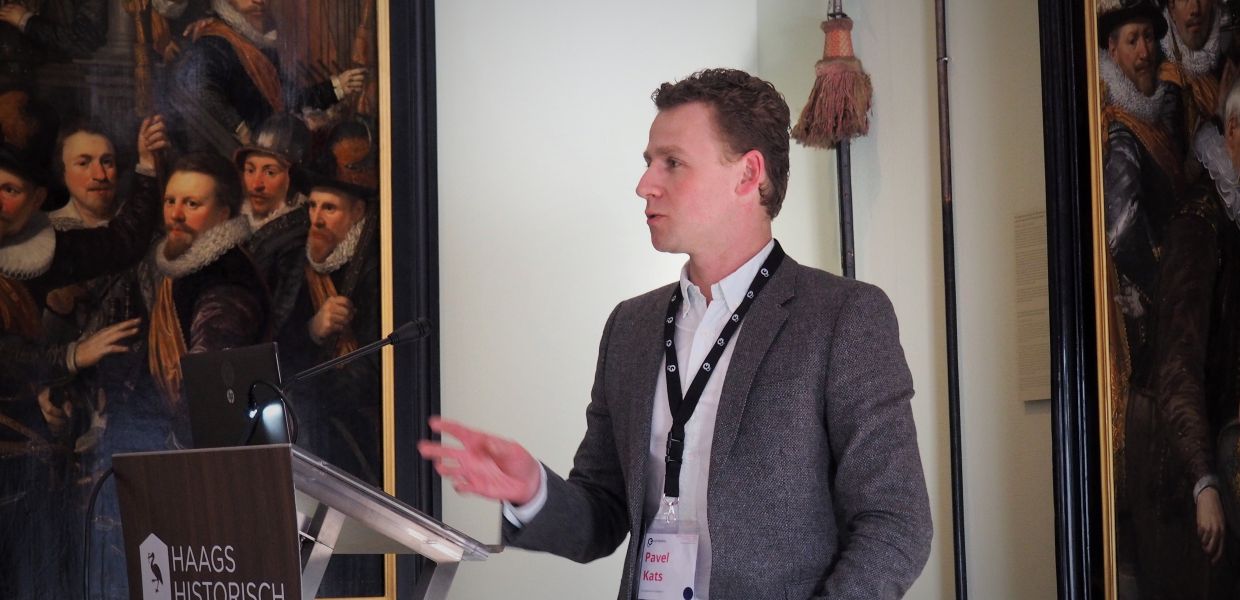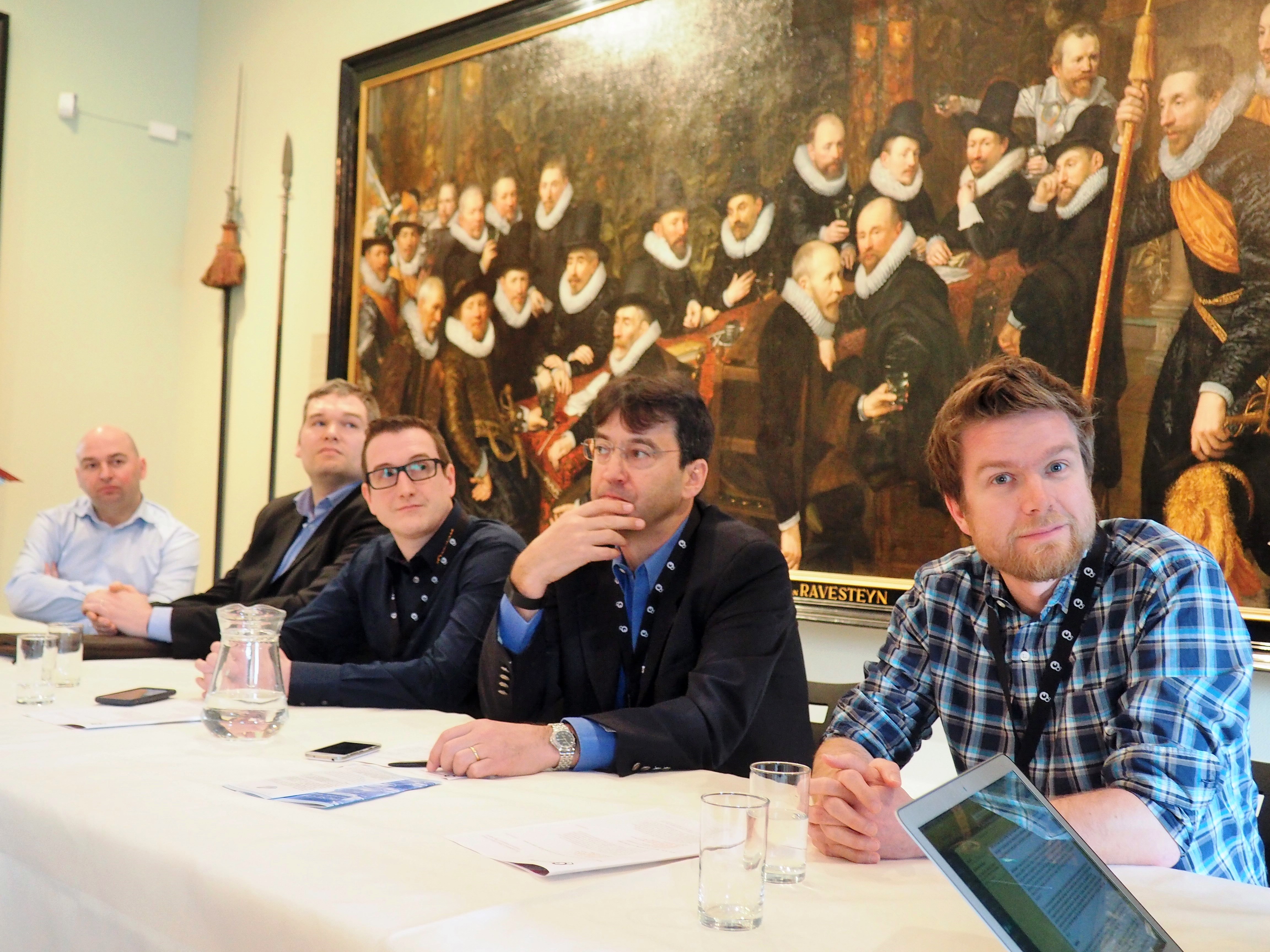Learning from doing, good problems to have and making space to fail!

Europeana Cloud Final Event at the Historical Museum, The Hague, 6 April 2016
By Joanna Goodman MBA
The Europeana Cloud Final Event on 6 April at the Historical Museum, The Hague, was a roundtable discussion on the outcomes of the project aimed at identifying recommendations for cloud infrastructures for the cultural heritage sector. The event was imaginatively titled Shooting for the Moon with the aim of finding the ideal set up for facilitating online access to Europe’s cultural heritage – in terms of making material as easy as possible to upload, store and access digital images and related metadata and finding innovative new ways of delivering, combining and accessing digital assets via the Europeana portal.

The first two discussion sessions of the event covered practical technology topics: data privacy and security and service procurement.
Data privacy and security are major issues for other industries, but for the cultural heritage sector they are operational considerations rather than huge challenges, which is why the session describes them as ‘good problems’.
Data security is more about data ownership and copyright as cultural heritage data is being collected specifically to broaden public access, although Daniele Catteddu of the Cloud Security Alliance highlighted the need to control how it is shared and used. The technology challenge is cultural, but not in a heritage or artistic sense: the misgivings that some industries have about entrusting their data to the cloud do not really apply here, and this needs to be communicated to Europeana’s stakeholders.
Procurement is an important consideration, and here we heard sensible advice from global experts around common challenges for any organisation moving to cloud computing As Arthur van der Wees of Arthur’s Legal observed, it’s important to have an exit strategy, to allow for future technology developments – for example VR (virtual reality) and the IoT (Internet of Things) offer fantastic opportunities to experience cultural heritage in new and exciting ways that were not considered possible just a few years ago.
The third session focused sharply on strategy and culture. First we heard a presentation by Dirk van Rooy, European Commission, DG Information Society and Media, who gave us an update on the very latest developments in the European Commission’s cloud policy.. We heard how Europeana was genuinely learning by doing, to the extent of changing its strategic direction to incorporate, the interviews with key stakeholders and partners.
A couple of major changes were made to the initial strategy, simply because of technological developments, including the widespread adoption of cloud infrastructure and the falling cost of data storage. The project’s 2012 objectives included cost-effective content and metadata storage, but as the cost of storage has fallen drastically, cheap storage will not be considered as one of the project’s major benefits. Feedback highlighted the need for more user-friendly data aggregation and web publishing tools as the existing ones are outdated and cumbersome.
This session highlighted an important challenge – probably for all EC-funded projects. The proposal documents that the European Commission requires in order to provide project funding is so detailed that it is difficult for a project to change direction part-way through – this does not mean that the project itself is a failure, but that feedback and results of the work as it develops could signal the need for a change in direction.

The panel discussed the difficulties of pitching for project funding, particularly in relation to projects that involve rapidly changing technology. Paul Iske from Maastricht University highlighted his philosophy about brilliant failures, which is basically about incorporating flexibility and agility into project proposals without anyone feeling that resources were being ‘wasted’. Rather it’s about investing resources into finding the right direction. One way of clarifying that would be more transparency, for example to publish the interim findings. As one panellist said, if we knew the outcome, it wouldn’t be called research!
The final two sessions covered communication – how to explain cloud technologies to different audiences and stakeholders, and ensure that all partners and contributors shared a mutual understanding of particular terminology. This might sound straightforward, but as cloud computing has gone through multiple iterations over the past decade or so, clarifying and reiterating definitions and terms is an essential starting point of any cloud project.
Finally, we heard about current use cases, including Hamburg’s Smart City project. Pavel Kats wrapped up the event which was followed by a tour of the museum. It was a privilege to hear how Europeana Cloud will broaden global access to the arts and culture. It’s an inspiring project that uses technology to support Europe’s academic, educational and cultural heritage.
